California is one of the most hydrologically altered landscapes in the world. As water becomes ever more scarce and the human population continues to grow, that vast engineered system strains to meet the needs of people let alone the needs of nature.
Water rights allocations far exceed actual surface water supply, and millions of wells tap groundwater to meet the increasing demands of farms and communities. As groundwater reservoirs are depleted they can in turn reduce surface flows – exacerbating a vicious cycle in which people and nature both lose. Rivers, wetlands and groundwater-dependent ecosystems are caught in this struggle for an increasingly limited resource. Nearly half of California’s roughly 4,000 freshwater species are considered vulnerable to extinction. Of the taxa that are found nowhere but California – our endemic freshwater biodiversity – 90 percent are at risk.
But there is hope. While it is impossible to return natural flows to most of California’s rivers and streams, we can – through science, technology, and innovative market tools – endeavor to deliver water when and where nature needs it most.
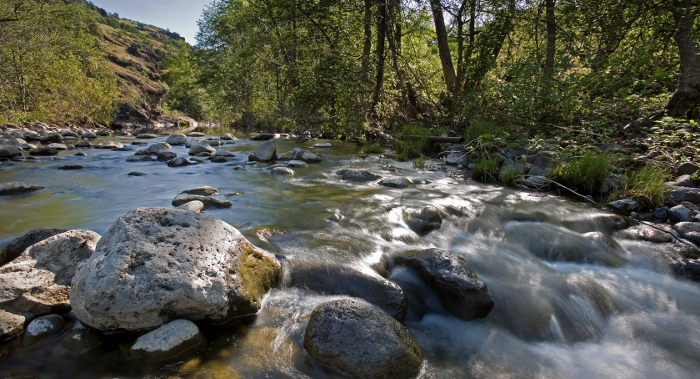
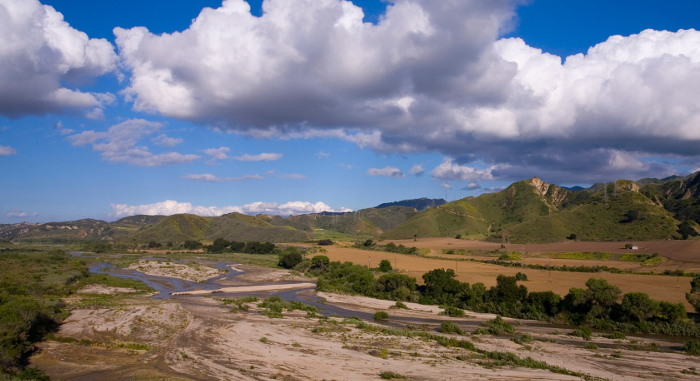
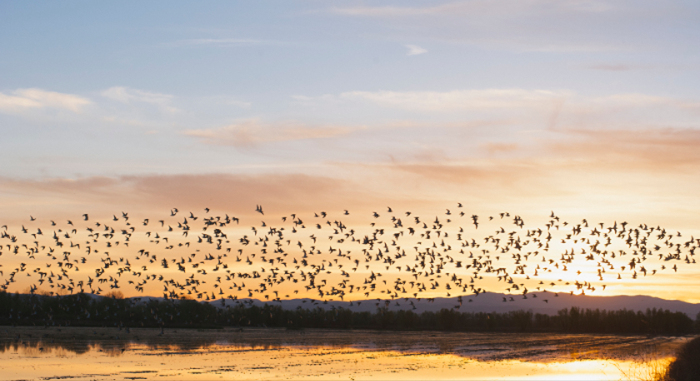
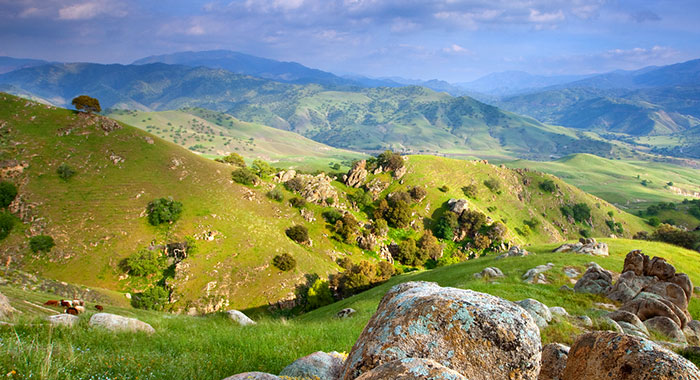


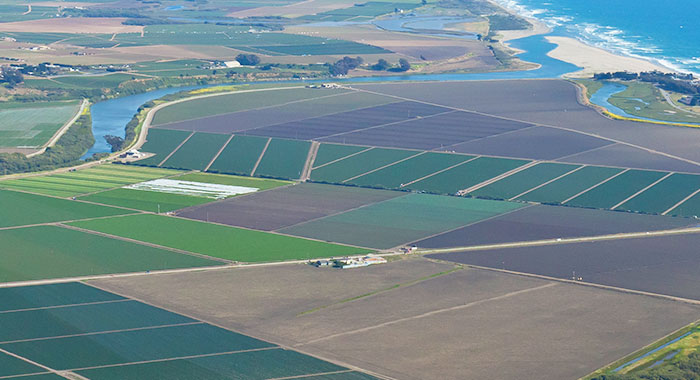

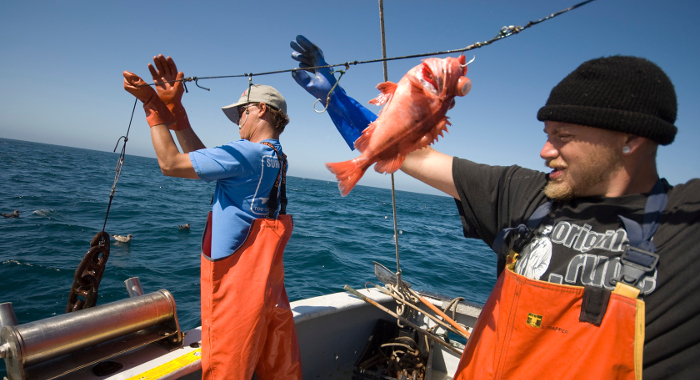
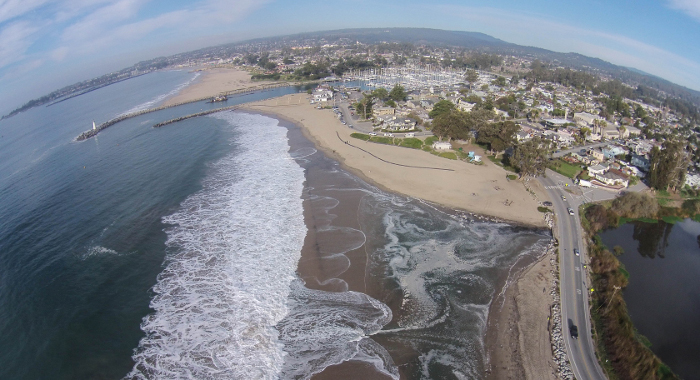

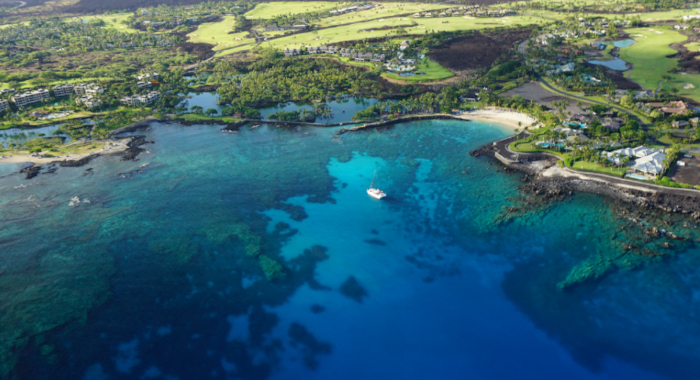
Matt Merrifield, Mary Gleason, Lyall Bellquist, Kate Kauer, Dwayne Oberhoff, Chad Burt, Steve Reinecke, Michael Bella
In 2006, The Nature Conservancy of California purchased 13 federal groundfish permits in California with the objective of managing the fishing and reporting activities in a manner that protected…Kirk Klausmeyer, Falk Schuetzenmeister, Nathaniel Rindlaub, Tanushree Biswas, Melissa M. Rohde, Jeanette Howard
94,333 unique ecosystems depend on groundwater in California. GDE Pulse lets you see how they have changed over the last 30 years. Groundwater managers and environmental stakeholders often lack…Sarah Heard, E.J. Remson, Matthew Fienup, Siobhan King
In 2014, California passed the Sustainable Groundwater Management Act (SGMA) which regulates groundwater at scale for the first time, requiring the state’s largest source of stored water to be…David Edelson, Angel Hertslet
There is an urgent need to increase the pace and scale of forest restoration in the Sierra Nevada and throughout the West to reduce the risk of high-severity wildfire and promote more resilient forest…Kate Kauer
Prepared by Anchor QEA, LLC (John Ferguson, Elizabeth Greene, and Michelle L. Ratliff), Contributors and Participants: John Cain, Jon Rosenfield, Alison Weber-Stover, Stephen Louie, John Shelton, Tim Heyne, Brian Ellrott, Sierra Franks, Monica Gutierrez, Rhonda Reed, David Swank, Steve Edmundson, Katie Schmidt, Rachel Johnson, Jeanette Howard, Julie Zimmerman, Chris Carr, Daniel Worth, Rene Henery, Ron Yoshiyama, Joshua Israel, Paul Cadrett, Ramon Martin, and J.D. Wikert
Also view Appendix A: Stanislaus Survival Model and and other report Appendices.M. Prunicki, R. Kelsey, J. Lee, Z. Xiaoying, H. Smith, F. Haddad, J. Wu, K. Nadeau
Jacob E. Lucero, Taylor Noble, Stephanie Haas, Michael Westphal, H. Scott Butterfield, Christopher J. Lortie
Previous work at the Carrizo Plain by this team in 2018 showed that native shrubs facilitated endangered blunt-nosed leopard lizard populations, and should be considered part of plans for habitat…Carrie Schloss, Dick Cameron, Nathaniel Rindlaub, Connor Shank
This interactive, web-based tour provides an accessible introduction to The Nature Conservancy’s analysis of wildlife movement routes for climate adaptation in California. Viewing these pathways…Brett G. Dickson, Christine M. Albano, Ranjan Anantharaman, Paul Beier, Joe Fargione, Tabitha A. Graves, Miranda E. Gray, Kimberly R. Hall, Josh J. Lawler, Paul B. Leonard, Caitlin E. Littlefield, Meredith L. McClure, John Novembre, Carrie A. Schloss, Nathan H. Schumaker, Viral B. Shah, David M. Theobald
The authors explore the impact that Brad McRae’s development of circuit theory and the associated software, Circuitscape, have had, and continue to have, on connectivity science and…Annika T. H. Keeley, Galli Basson, D. Richard Cameron, Nicole E. Heller, Patrick R. Huber, Carrie A. Schloss, James H. Thorne, Adina M. Merenlender
Connectivity conservation must move more rapidly from planning to implementation. We provide an evidence‐based solution composed of key elements for successful on‐the‐ground…Holmes ND, Spatz DR, Oppel S, Tershy B, Croll DA, et al.
Restoring islands by eradicating damaging, non-native invasive mammals such as rats, cats, goats, and pigs has repeatedly proven to be a high impact conservation action. New research…Rodríguez A, Arcos JM, Bretagnolle V, Dias MP, Holmes ND, Louzao M, Provencher J, Raine AF, Ramírez F, Rodríguez B, Ronconi RA, Taylor RS, Bonnaud E, Borrelle SB, Cortés V, Descamps S, Friesen VL, Genovart M, Hedd A, Hodum P, Humphries G, Le Corre M, Lebarbenchon C, Martin R, Melvin EF, Montevecchi WA, Pinet P, Pollet IL, Ramos R, Russell JC, Ryan PG, Sanz-Aguilar A, Spatz DR, Travers M, Votier SC, Wanless RM, Woehler E, Chiaradia A
Seabirds are amongst the most engaged species on our planet. Among these are petrels and shearwaters: species characterized by long ocean journeys for migration and feeding, and a dependence on…Gregory J. Reis, Jeanette K. Howard, Jonathan A. Rosenfield
For years the narrative of the San Francisco Bay Delta has been driven by the contention that water use by agriculture was being limited by environmental regulation. Analyzing long-term trends…W. David Shuford, Matthew E. Reiter, Kristin A. Sesser, Catherine M. Hickey, Gregory H. Golet
Agricultural intensification has been a major factor in the loss of global biodiversity. Even so, agricultural landscapes provide important habitat for many bird species, particularly in the Central…Theodore E. Grantham, Julie K. H. Zimmerman, Jennifer K. Carah, Jeanette K. Howard
Management of California’s vast water distribution network, involving hundreds of dams and diversions from rivers and streams, provides water to 40 million people and supports a globally…Darcy Bradley, Matt Merrifield, Karly M. Miller, Serena Lomonico, Jono R. Wilson, Mary G. Gleason
A lack of fishery data leads to uncertainty about stock status, which may compromise and threaten the economic and food security of the users dependent upon that stock and increase the…Joseph A. E. Stewart, H. Scott Butterfield, Jonathan Q. Richmond, David J. Germano, Michael F. Westphal, Erin N. Tennant, Barry Sinervo
Due to limited water resources, there is a global trend toward the retirement of farmland, especially in the San Joaquin Valley in California where the Sustainable Groundwater Management Act could…Annika T H Keeley, David D Ackerly, D Richard Cameron, Nicole E Heller, Patrick R Huber, Carrie A Schloss, James H Thorne, Adina M Merenlender
As climate change impacts wildlife and plants, species may need to access new habitats. Various approaches exist to plan to climate-driven habitat connectivity needs. We summarize the literature of…